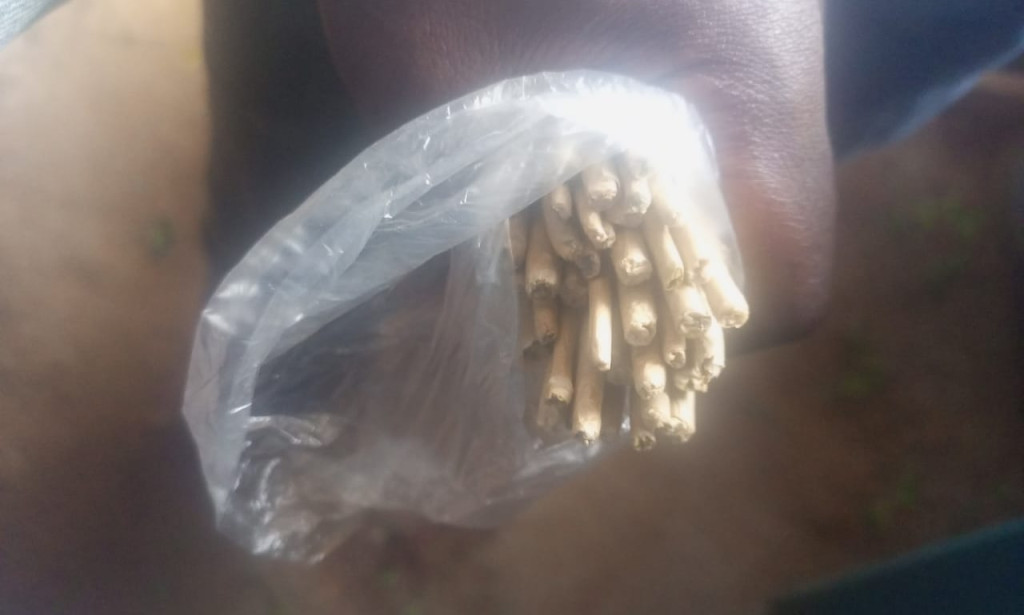In many impoverished urban areas, commonly referred to as the "ghetto," drugs such as marijuana and heroin are alarmingly easy for youths to access. These substances are often readily available through local dealers who operate in plain sight, taking advantage of the economic instability and lack of resources in these neighborhoods. The normalization of drug use in some communities, combined with peer pressure, can make it difficult for young people to resist experimenting with or becoming dependent on these substances. Additionally, limited access to education, healthcare, and mental health support exacerbates the problem, leaving many young individuals vulnerable to the destructive cycle of drug addiction. This accessibility to drugs, along with social and environmental factors, poses a significant threat to the well-being and future prospects of youth in these areas.
The widespread availability of drugs like marijuana and heroin in impoverished urban neighborhoods is not only a result of local dealers, but is also perpetuated by a corrupt network involving some public figures. These illicit drugs often.
As of now, a roll of marijuana in Kenyan urban ghettos goes for about 50 Kenyan shillings, which is roughly 0.35 US dollars, while a gram of heroin sells for between 400 to 450 Kenyan shillings, equivalent to around 2.70 to 3.00 US dollars. These relatively low prices make drugs highly accessible to the youth, even in financially struggling

You must be logged in to post a comment.